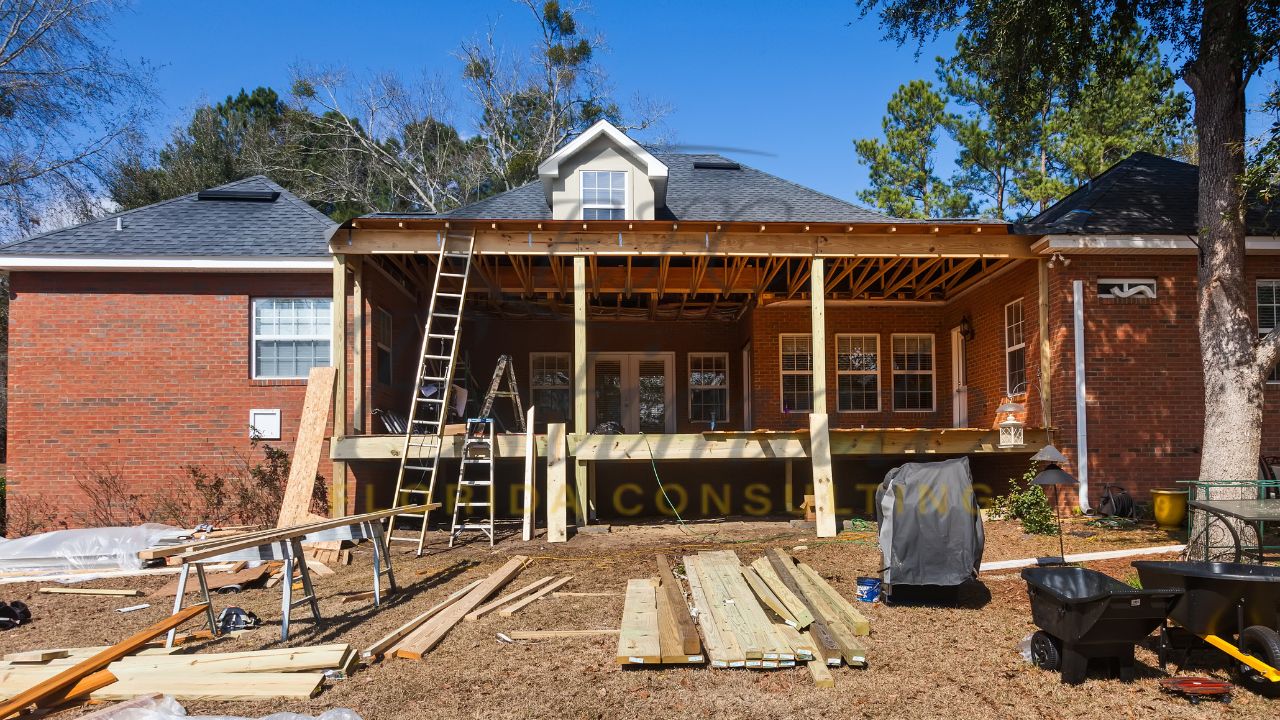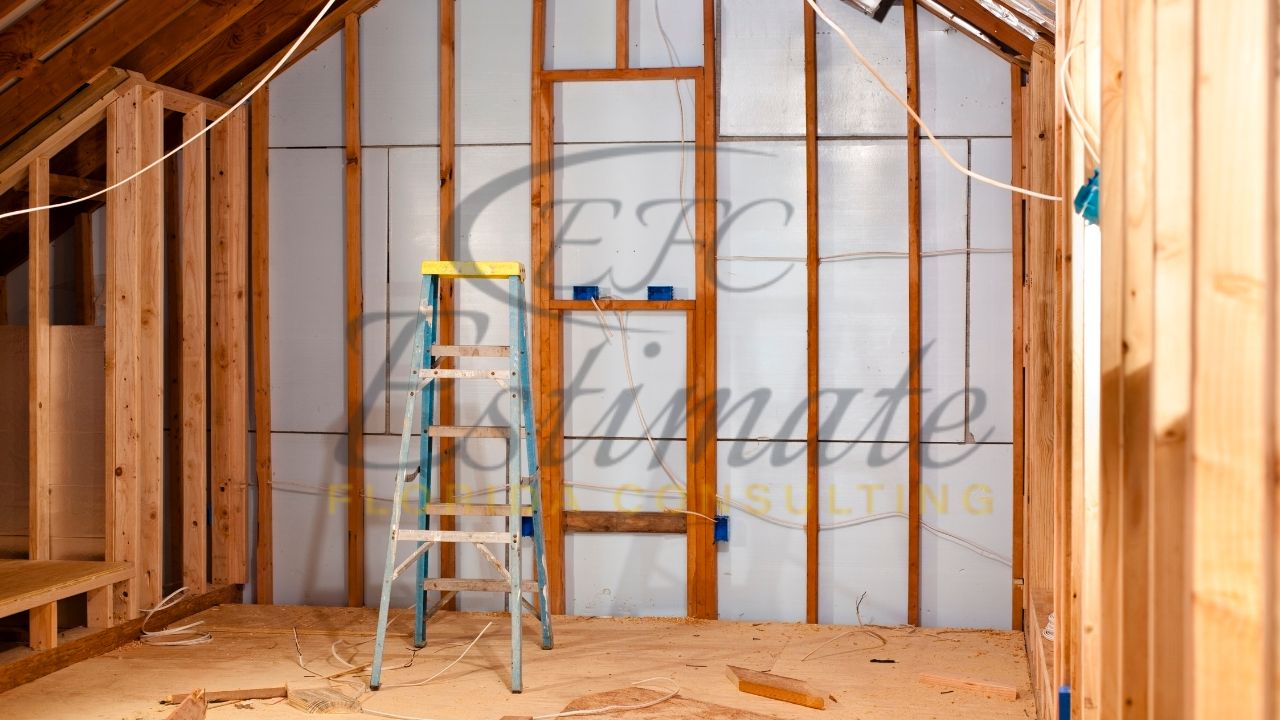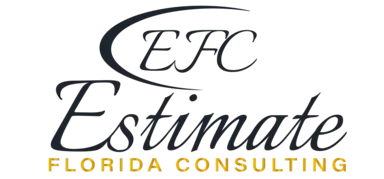Build Smarter: Home Features and Improvements That Hold Their Value
Building or renovating a home is one of the largest investments most people will make. Every choice, from the layout and floor plan to the type of finishes you choose, can have a lasting effect on the home’s long-term value. While personal taste will guide most of your decision-making, pragmatic homeowners and experienced builders know that not all upgrades are created equal. Some home design and construction decisions hold their value year after year, while others add cost without contributing much to resale potential.
Smart design choices don’t have to break the bank, and they should always support the long-term value of your home. Let’s break down the features that help your home retain (or even increase!) its worth over time, along with tips to keep your budget in check while getting the most from your investment.
What Drives Long-Term Home Value?
Understanding what most home buyers look for is the first step toward making value-focused decisions. These factors shape your home’s market appeal as well as how much ROI you can expect if you decide to sell in the future.
Key Factors Buyers Value Most
- Functional, flexible layouts: Open-concept designs remain popular, but buyers appreciate rooms that can adapt over time. A den that doubles as a guest room or an upstairs loft that works as a home office will be appealing for many different kinds of buyers.
- Desirable kitchens and bathrooms: According to a 2024 Zillow report, kitchen updates are among the top three features that increase a home’s resale price. Well-designed bathrooms with double sinks and walk-in showers have a similar impact.
- Energy efficiency: Upgrades like double-pane windows, upgraded insulation, and programmable thermostats lower utility costs and attract buyers seeking long-term savings.

- Low-maintenance materials: Fiber cement siding, durable roofing, and composite decking require less upkeep, giving future owners peace of mind.
- Safety and resilience: In areas with severe weather like Florida, impact-resistant windows or reinforced roofing are a major selling point.
Why Timing Matters for ROI?
Adding value is not just about what you improve but when you do it. Many features, like energy-efficient insulation or structural upgrades, are far more cost-effective when added during construction than retrofitted later. Similarly, over-investing in renovations years before selling can give a lower return if building trends change before you list.
High-Impact Design Choices for New Builds
Building a home from the ground up is an opportunity to make the right choices from day one. Some features consistently deliver the best return while improving your day-to-day living experience.
Functional Layouts with Flexible Spaces
While open layouts remain popular, designing for versatility adds long-term value. For example, floor plans that include adaptable rooms—such as a bonus room that works as a playroom, office, or extra bedroom—appeal to a wider audience. Homes that accommodate changing lifestyles attract more buyers and command higher prices.
Kitchen and Bathroom Priorities
The kitchen is often described as the “heart of the home,” and buyers frequently make purchase decisions based on its condition. Focus on:
- Durable, easy-to-clean countertops like quartz or granite.
- Ample cabinet storage with timeless finishes.
- Good lighting and functional layouts that make cooking and entertaining enjoyable.
Bathrooms should have efficient storage, quality fixtures, and neutral finishes that won’t look dated in five years. Avoid trendy tile patterns or overly specific color schemes that narrow your future buyer pool.
Energy Efficiency and Smart Features
Energy-efficient upgrades can pay dividends long before you decide to sell your home.. Consider:
- High-efficiency HVAC systems and water heaters.
- Pre-wiring for solar panels or electric vehicle charging.
- Smart thermostats and home automation options for convenience and energy savings.
These features reduce operating costs and position your home as “future-ready,” appealing to environmentally-conscious buyers.
Curb Appeal That Lasts
First impressions matter. Durable exterior materials, low-maintenance landscaping, and a welcoming front entry all add to the home’s appeal and suggest quality construction. Choose finishes that withstand local weather conditions and remain attractive for years with minimal upkeep.
Partnering with an experienced builder ensures these choices are thoughtfully planned to support both your comfort and future resale value.
Renovations That Add Value Without Over-Spending
For homeowners updating an existing property, targeted improvements can make a big impact without requiring a major remodel.
Small-Scale Upgrades with Big Payoff
Simple changes like fresh paint, new hardware on cabinets, and updated lighting fixtures give a home a more modern feel at a relatively low cost. Refinishing hardwood floors or replacing worn carpet also makes a strong impression on buyers.
Mid-Tier Improvements Worth the Investment
Kitchens and bathrooms top the list. Installing new countertops, swapping out outdated faucets, or upgrading a shower enclosure can dramatically improve your home’s perceived value. Adding smart home features, such as security cameras or automated lighting, has also become increasingly desirable while being affordable.
High-End Projects with Strong ROI in Certain Markets
Outdoor living spaces are highly valued in warm climates, and covered patios or screened porches often add significant appeal. A pool, on the other hand, is only a good investment in markets where it is considered a standard feature. Before tackling a high-end project, compare the cost to what buyers in your neighborhood expect to avoid overinvesting.
Choosing the Right Builder for Value-Focused Design
Your builder plays a big role in helping you avoid unnecessary costs while creating a home that holds its value. An experienced builder understands which features matter most to future buyers and how to deliver them efficiently.
A good builder provides:
- Expert guidance: Helping you decide where to invest and where to save.
- Value engineering: Identifying alternatives that provide durability and style without the premium price tag.
- Neighborhood insight: Advising against overbuilding for your area, ensuring your home’s price aligns with local expectations.
How to Prioritize Your Budget for Maximum ROI?
Thinking in terms of spending tiers can help you make value-driven choices.
- Essential investments: Focus first on a strong foundation, structural integrity, quality roofing, and energy-efficient features.
- High-impact upgrades: Once essentials are covered, invest in kitchens, bathrooms, and functional layouts that enhance daily living.
- Bonus features: Only after essentials and high-impact spaces are addressed should you add luxury elements, such as a spa bathroom or wine cellar, ensuring they fit your neighborhood market.
Extremely specific home features limit your buyer pool. Avoid overly personal choices that might make resale harder, like converting a garage to a gym or installing highly specialized built-ins.

Future-Proofing Your Home for Resale
Long-term value comes from thinking ahead about how your home will age and adapt.
- Durable materials: Use siding, roofing, and flooring that stand up to time and weather, reducing maintenance costs.
- Neutral, timeless designs: Stick to colors and finishes that remain appealing to a wide audience.
- Accessibility features: Wider doorways, step-free showers, and main-level bedrooms attract multi-generational buyers and those planning for aging in place.
- Sustainability trends: Energy-saving and storm-resistant features are expected to remain in demand, giving your home an edge in the future market.
Building with Value in Mind
Ideally, your home design or upgrade project should be able to accommodate your needs while safeguarding your investment for the future. By focusing on functional layouts, high-impact spaces, energy efficiency, and durable materials, you can create a home that is both enjoyable to live in and attractive to future buyers.
–
This post was written by New Era Homes: New Era Homes is a semi-custom home builder in Bend, OR. Whether you’re building a new home or planning renovations, we can help you strike the right balance between budget, comfort, and long-term value.

